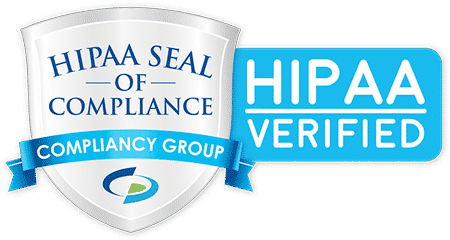Exploring the Intricate Link Between Autism Spectrum Disorder and Cancer
Autism Spectrum Disorder (ASD) and cancer may appear as distinct medical entities, but growing scientific evidence reveals intriguing overlaps in their genetic, cellular, and molecular underpinnings. Understanding these commonalities offers new perspectives for improving diagnosis, treatment, and prevention strategies for both conditions. This article dives deep into the shared pathways, genetic risk factors, and implications for therapy, ultimately aiming to shed light on how autism and cancer intersect in the human body.
Understanding Autism Spectrum Disorder and Its Core Characteristics
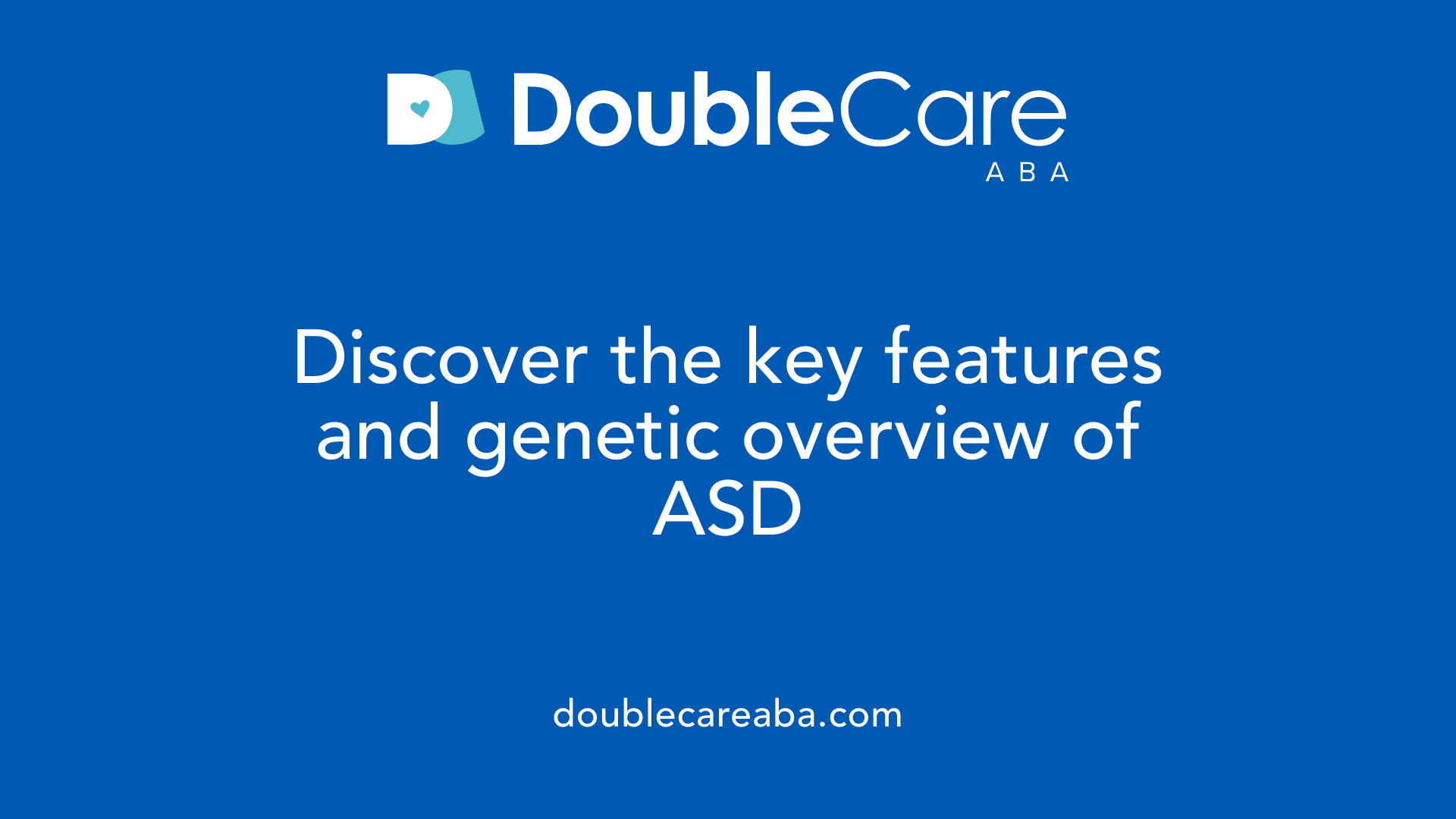
What is Autism Spectrum Disorder (ASD)?
Autism Spectrum Disorder, or ASD, is a collection of neurodevelopmental disorders that become apparent early in infancy. Children with ASD often experience challenges in social interaction, meaning they may find it difficult to engage and communicate with others effectively. Speech delays and repetitive behaviors are also common symptoms seen in those diagnosed with ASD.
ASD is considered a polygenic disorder, which means multiple genes contribute to its development. Researchers have identified strong genetic factors behind ASD, including significant genomic aberrations. These include chromosomal rearrangements and copy-number variations (CNVs), which are alterations in the number or structure of sections of DNA. Such genomic changes can influence how the brain develops and functions.
Understanding these genetic and developmental aspects is crucial because they help explain the diverse range of symptoms seen in ASD and guide approaches for diagnosis and intervention. Moreover, recognizing the complex genetics involved emphasizes why ASD appears differently across individuals, forming a spectrum rather than a single, uniform condition.
The Genetic and Molecular Intersection of Autism and Cancer
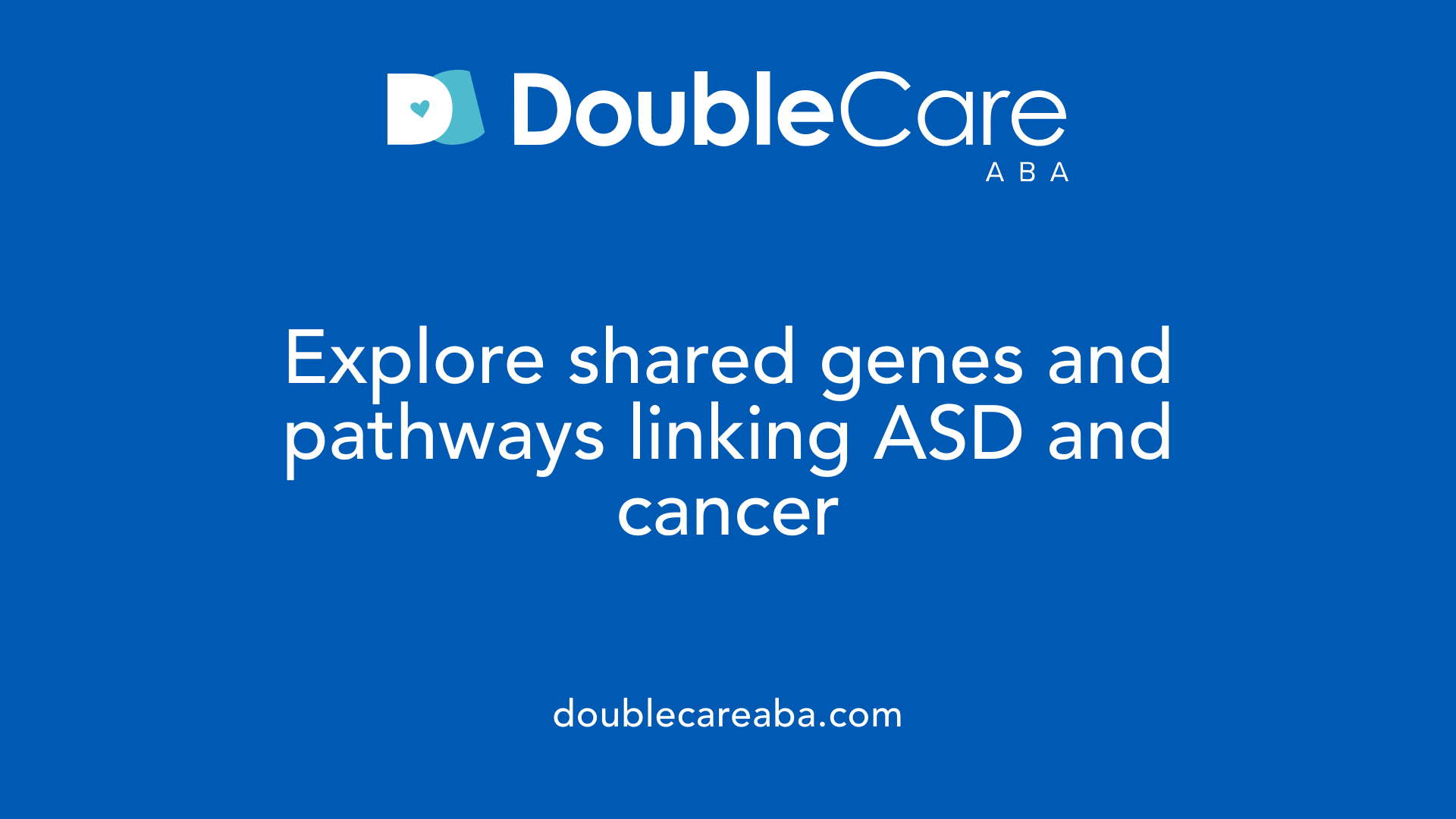
Shared Genes Between ASD and Cancer
Autism Spectrum Disorder (ASD) and cancer share a significant genetic overlap, with at least 43 risk genes implicated in both conditions. Notably, genes such as PTEN and APC, alongside those involved in critical growth signaling pathways like PI3K-AKT-mTOR and Wnt, have been found to influence both neurodevelopment and tumor growth. These genes regulate vital cellular processes, including proliferation and differentiation, which are central to the pathogenesis of both ASD and various cancers.
Genomic Instability and DNA Repair Genes
ASD is often associated with genomic aberrations, including chromosomal rearrangements and copy number variations (CNVs), which contribute to genome instability. Genes responsible for genome maintenance and DNA repair are frequently affected in both ASD and cancer, suggesting that defective DNA repair mechanisms may underlie the development of these disorders, increasing susceptibility to tumor formation as well as neurodevelopmental anomalies.
Mutations Influencing Neural and Tumor Growth
Specific genetic mutations play dual roles in affecting neural development and tumorigenesis. For example, germline loss-of-function mutations in PTEN not only raise the risk of benign and malignant tumors but also manifest as ASD with features such as macrocephaly. Similarly, mutations in TSC1 and TSC2 disrupt the mTOR signaling pathway, causing tuberous sclerosis complex, which presents both neurological symptoms including ASD and a predisposition to tumor formation.
Molecular Pathways Bridging ASD and Cancer
The PI3K-AKT-mTOR pathway is a critical regulator of cell growth and metabolism. Dysregulation in this pathway has been shown to impair neural development while promoting oncogenic processes. The Wnt pathway also plays a role in both brain development and cancer progression. This shared molecular landscape indicates that therapies targeting these signaling pathways may hold promise for treating both ASD and cancer.
Key Signaling Pathways Linking ASD and Cancer: The Role of PI3K-AKT-mTOR

How does the dysregulation of the PI3K-AKT-mTOR pathway affect both cell growth and neural development?
The PI3K-AKT-mTOR signaling pathway plays a crucial role in regulating cellular processes related to growth, metabolism, and survival. Dysregulation of this pathway is significant because it affects both the development of neural cells, which is relevant for conditions such as autism spectrum disorder (ASD), and the uncontrolled cell proliferation characteristic of cancer.
In neural development, proper functioning of the PI3K-AKT-mTOR pathway ensures normal neuron growth and differentiation. Abnormal activation or inhibition in this pathway can lead to neurological problems including those seen in ASD, such as delays in speech and social interaction difficulties.
On the other hand, aberrations in the same pathway can cause excessive cell division and resistance to cell death, hallmark features of many cancers. This dual role highlights why disruptions in PI3K-AKT-mTOR signaling are central to both neurodevelopmental disorders and oncogenesis.
What are the implications of mutations in the PI3K-AKT-mTOR pathway on ASD and cancer susceptibility?
Mutations in genes that regulate the PI3K-AKT-mTOR pathway, such as PTEN, TSC1, and TSC2, have been strongly linked to increased risk for both ASD and certain cancers. For example, loss-of-function mutations in PTEN not only contribute to ASD manifestations but also predispose individuals to benign and malignant tumors.
Similarly, mutations in TSC1 and TSC2 genes cause tuberous sclerosis complex, a condition characterized by neurological disorders including ASD and increased tumor growth. These genetic alterations exemplify how shared mutations affecting the PI3K-AKT-mTOR pathway can converge to influence both neurodevelopmental outcomes and oncogenic risk.
Targeting this pathway has therefore become a promising therapeutic approach. Drugs like mTOR inhibitors, for instance Rapamycin, have shown potential in animal models to alleviate symptoms of ASD related to these pathway mutations, emphasizing the interconnectedness of ASD and cancer at the molecular level.
| Aspect | Details | Relevance |
|---|---|---|
| PI3K-AKT-mTOR Pathway | Regulates cell growth, metabolism, survival | Central to ASD neural development and cancer growth |
| PTEN Gene | Mutation causes ASD symptoms and increases tumor risk | Links ASD and cancer genetically |
| TSC1 and TSC2 Genes | Mutations cause tuberous sclerosis complex with neurological and tumor manifestations | Illustrates overlapping disease pathways |
| Therapeutic Intervention | Use of mTOR inhibitors like Rapamycin shows promise in treating ASD symptoms linked to mutations | Potential shared treatment strategy |
PTEN and Its Dual Impact on Neurodevelopment and Tumorigenesis
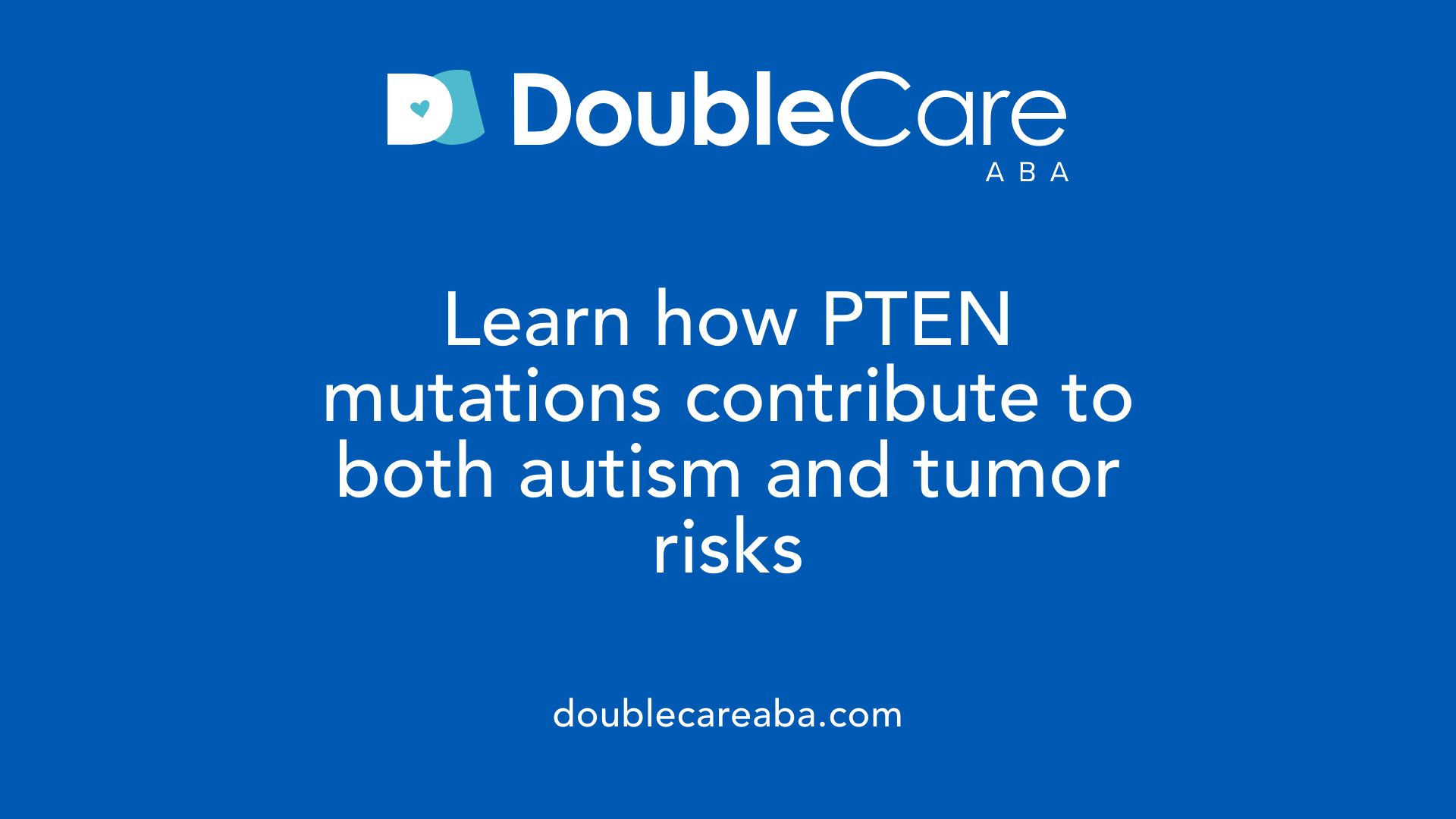
Germline loss-of-function PTEN mutations associated with benign and malignant tumors, ASD, and macrocephaly
The PTEN gene plays a crucial role in regulating cell growth and maintaining genomic stability. Germline loss-of-function mutations in PTEN have been closely linked to an increased occurrence of both benign and malignant tumors. These mutations are also associated with neurodevelopmental disorders, particularly autism spectrum disorder (ASD), often accompanied by macrocephaly — an abnormally large head size. The presence of PTEN mutations manifests a unique clinical overlap where tumor predisposition coexists with distinctive neurodevelopmental phenotypes.
How these mutations increase cancer risk and influence autism phenotypes
PTEN mutations disrupt cellular signaling pathways, particularly the PI3K-AKT-mTOR pathway, which regulates cell proliferation and survival. This disruption can lead to uncontrolled cell growth and tumor formation, explaining the heightened cancer risk in mutation carriers. Simultaneously, the same pathway is essential for normal neural development, so its dysregulation also impacts brain growth and function, contributing to autism traits. Individuals with PTEN mutations may exhibit atypical neural connectivity and developmental delays characteristic of ASD. Understanding this dual impact provides vital insights into how a single genetic alteration can drive both neurodevelopmental disorders and cancer, presenting opportunities for targeted therapies that address both conditions.
Tuberous Sclerosis Complex: A Model of Overlapping Neurological and Oncogenic Mechanisms
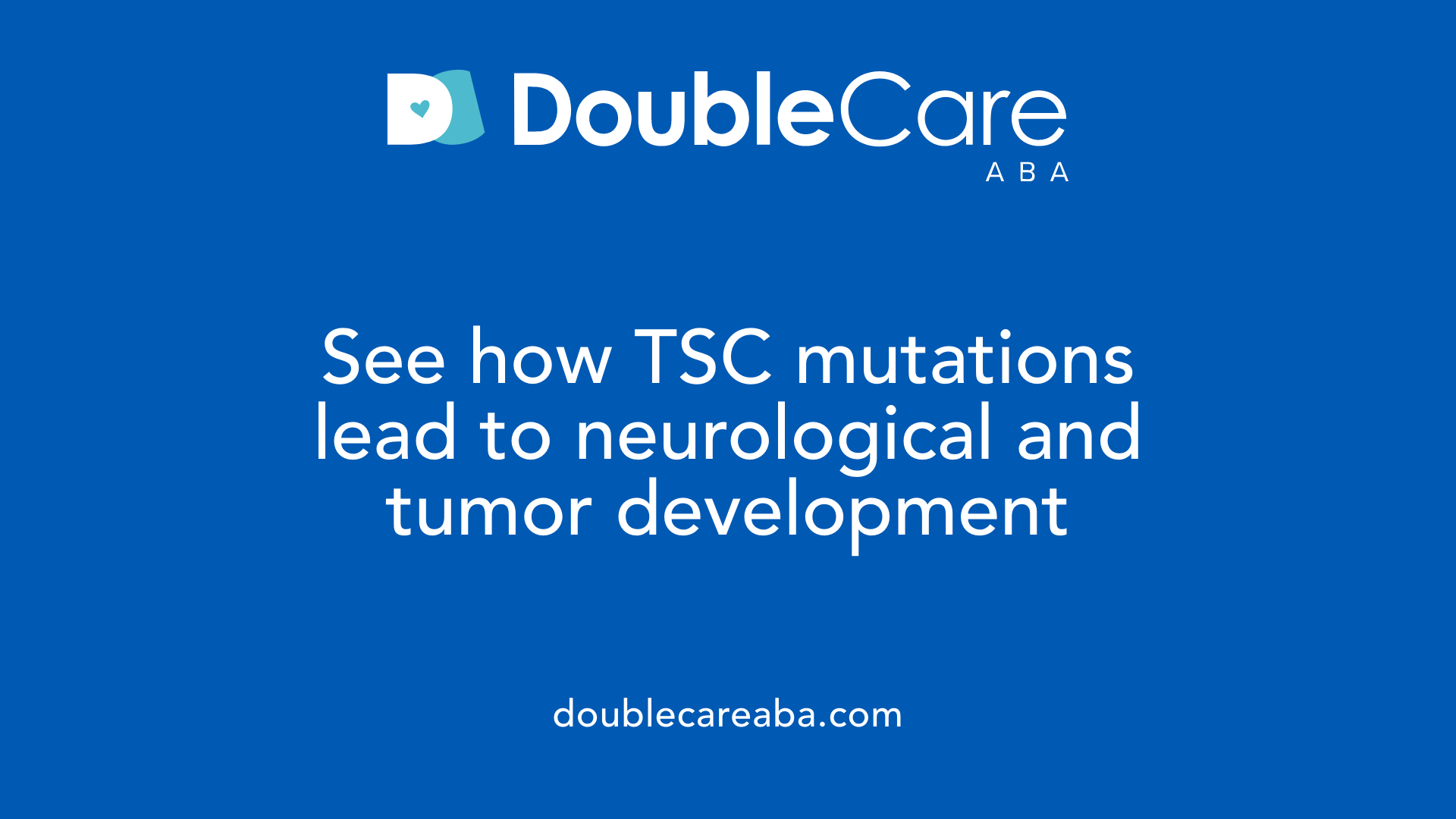
Mutations in TSC1 and TSC2 Genes Causing Tuberous Sclerosis Complex
Tuberous sclerosis complex (TSC) arises from mutations in the TSC1 and TSC2 genes. These genes play crucial roles in regulating cell growth and signaling pathways, particularly the mTOR pathway. Dysfunction caused by these mutations leads to the formation of benign tumors in various organs. The genetic alteration disrupts the balance between cell proliferation and differentiation, contributing to tumor predisposition.
Neurological Features including ASD, Epilepsy, Intellectual Disability, and Tumor Predisposition
Individuals with TSC commonly present with neurological symptoms such as autism spectrum disorder (ASD), epilepsy, and intellectual disability. These features highlight the impact of TSC gene mutations on brain development and function. Alongside these neurodevelopmental issues, affected individuals face a heightened risk of tumor formation, illustrating the overlap of oncogenic and neurological pathways.
TSC serves as a significant example of how mutations in growth signaling pathways can simultaneously drive neurodevelopmental disorders and cancerous growths, emphasizing the potential for therapies targeting shared molecular mechanisms.
Immune System Dysregulation as a Common Thread in ASD and Cancer
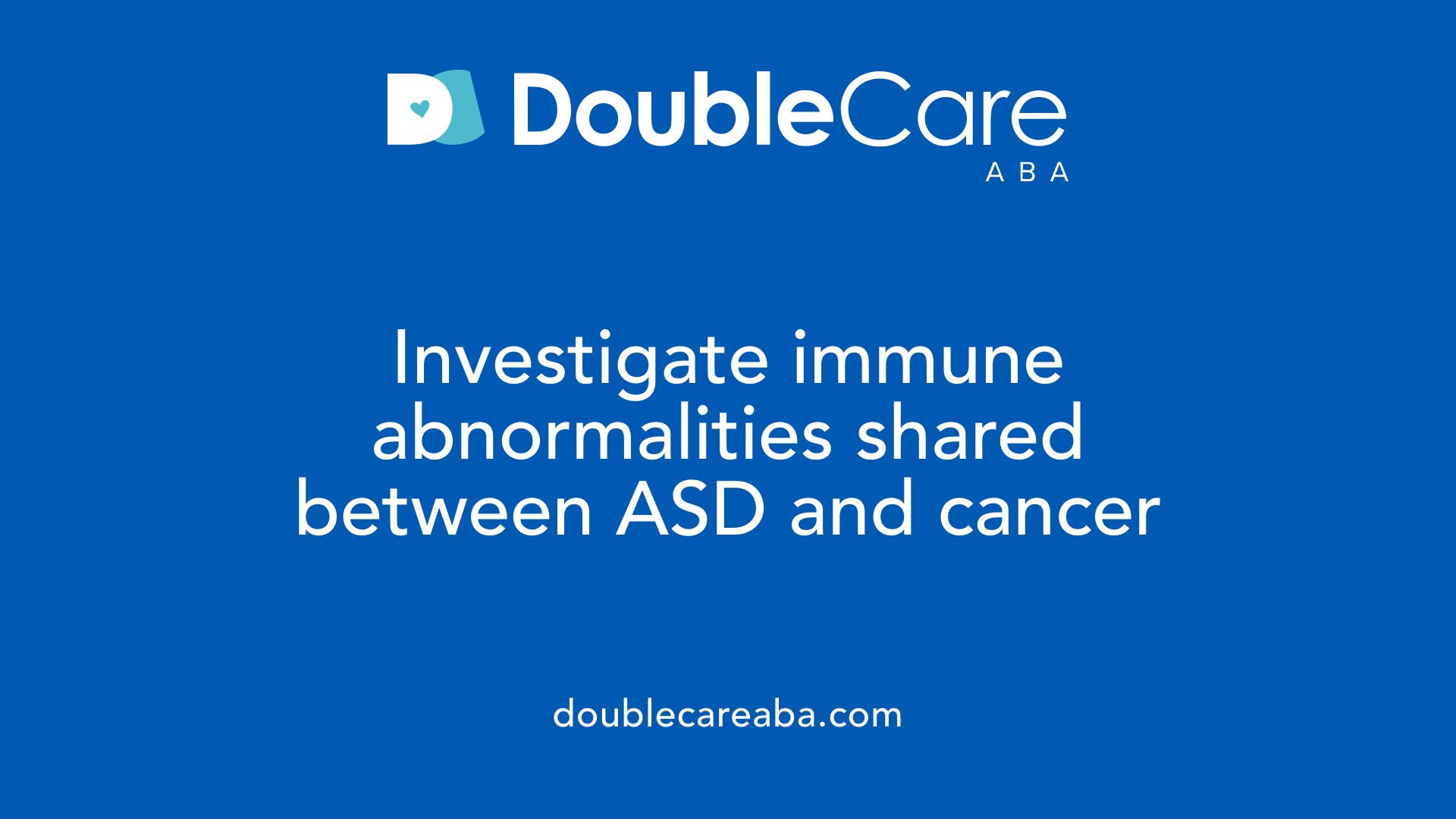
How do alterations in cytokine signaling and immune-related pathways connect autism and cancer?
Both autism spectrum disorder (ASD) and cancer exhibit significant alterations in the immune system, particularly involving cytokine signaling and immune-related pathways. Cytokines, which are crucial communicators in immune responses, often show dysregulated patterns in individuals with ASD. Similarly, cancers exploit these pathways to support tumor growth and evade immune detection. This overlap suggests that immune system dysfunction is a shared biological feature, influencing neurodevelopmental processes in ASD and tumor biology in cancer.
Can immune markers be used for early detection and intervention?
Emerging research advocates for the use of immune markers as tools for early diagnosis and targeted treatment strategies in both ASD and cancer. Detecting specific alterations in cytokines and immune signaling pathways could facilitate early screening, allowing clinicians to identify individuals at risk sooner. This early identification has the potential to improve intervention outcomes by tailoring treatments that address underlying immune dysregulation, possibly mitigating symptoms and supporting better management of both conditions.
Understanding immune dysregulation not only enhances our grasp of ASD and cancer comorbidity but also opens new avenues for clinical approaches targeting shared immunological pathways.
Epidemiological Evidence: Increased Cancer Risk in Individuals with Autism
What Studies Indicate Raised Incidences of Specific Cancers in ASD Populations?
Research has revealed that individuals with autism spectrum disorder (ASD) face a heightened risk of developing certain types of cancers. Notably, cohort studies have documented increased incidences of genitourinary system cancers and ovarian cancer among this population. These findings suggest a pattern of elevated cancer susceptibility linked to ASD.
Which Geographic Cohort Studies Provide Insight into ASD and Cancer Risk?
Comprehensive cohort studies conducted in Taiwan and Nordic countries have been instrumental in highlighting the association between ASD and cancer risk. These population-based studies utilized large databases to track health outcomes over time, confirming that individuals diagnosed with ASD have an increased likelihood of developing specific cancers compared to the general population.
These epidemiological insights underscore the importance of considering cancer surveillance and prevention strategies tailored for the ASD community. Such approaches may improve early detection and intervention, ultimately benefiting the health and well-being of individuals with autism.
Therapeutic Implications: Targeting Shared Oncogenic Pathways to Treat Autism
How Are mTOR Inhibitors Like Rapamycin Used in ASD Treatment?
Research has shown promising results using mTOR inhibitors, such as Rapamycin, to treat autism spectrum disorder (ASD) symptoms in animal models. These findings mainly focus on ASD cases involving mutations in the PTEN gene. PTEN mutations lead to dysregulation of the PI3K-AKT-mTOR pathway, which controls crucial processes like cell growth and neural development. By inhibiting the mTOR pathway, Rapamycin helps normalize these cellular activities, reducing neurological abnormalities linked to ASD.
Can Cancer Drugs Offer New Treatment Options for Autism?
The overlap in genetic pathways between ASD and cancer suggests that some cancer therapies might be repurposed for autism treatment. Drugs targeting oncogenic pathways such as the mTOR signaling cascade have potential therapeutic benefits beyond oncology. For example, mTOR inhibitors initially developed to control tumor growth now show promise in alleviating ASD symptoms related to neural proliferation and signaling dysregulation. This crossover opens avenues for developing novel interventions by leveraging existing cancer medications.
Future Directions
These insights underscore the value of exploring shared molecular mechanisms in autism and cancer. By targeting common pathways like PI3K-AKT-mTOR, researchers can develop more effective treatments tailored for genetic subtypes of ASD. This approach might lead to precision medicine strategies benefiting individuals with co-occurring risks in neurodevelopment and tumor growth.
| Therapeutic Strategy | Target Pathway | Relevant Conditions | Notes |
|---|---|---|---|
| mTOR inhibitors (e.g., Rapamycin) | PI3K-AKT-mTOR | ASD with PTEN mutations, Cancer | Shown effective in animal models for ASD symptoms related to PTEN disruption |
| Other oncogenic pathway drugs | Various growth signaling pathways | Potentially ASD and cancer | Repurposing cancer drugs offers new therapeutic possibilities for ASD treatment |
Applied Behavior Analysis (ABA): The Cornerstone Therapy for Autism Behavioral Management
What is the therapy that focuses on autism and behavioral analysis?
Applied Behavior Analysis (ABA) is the therapy dedicated to autism and behavioral analysis. It is a science-based intervention that applies principles of learning and behavior to help individuals with autism improve socially significant skills.
Definition and goals of ABA
ABA aims to enhance key areas such as communication, social interaction, and independence while reducing harmful or disruptive behaviors. The overall goal is to promote meaningful behavioral changes that enable individuals with autism to participate more fully in their communities and daily life.
Science-based principles focusing on learning and behavior
ABA relies on systematic observation and measurement of behavior. It uses evidence-based techniques grounded in learning theory, such as reinforcement and behavior modification, to encourage desirable behaviors and reduce unwanted ones.
Key techniques such as positive reinforcement and discrete trial training
Among the primary techniques are positive reinforcement, where desirable behaviors are rewarded to increase their frequency, and discrete trial training (DTT), which breaks down skills into small, manageable steps taught in a structured way.
ABA programs are tailored to each individual's needs and often involve intensive early intervention by trained professionals. Overall, ABA remains the cornerstone for behavioral management in autism, supported by a robust base of research demonstrating its effectiveness in improving language, cognition, and adaptive skills.
Professionals Delivering Autism-Focused Behavioral Therapy
Who typically provides autism-focused behavioral therapy?
Autism-focused behavioral therapy, particularly Applied Behavior Analysis (ABA), is delivered by a team of trained professionals who specialize in autism and behavioral strategies. Key providers include Board Certified Behavior Analysts (BCBAs), licensed therapists such as speech or occupational therapists, and behavior technicians who carry out day-to-day intervention plans.
Roles of Board Certified Behavior Analysts, licensed therapists, and behavior technicians
- BCBAs design and oversee individualized treatment plans, analyze behavioral data, and adjust strategies based on progress.
- Licensed therapists often bring complementary expertise, focusing on communication, sensory integration, or social skills.
- Behavior technicians implement therapy sessions under supervision, providing hands-on support to the child.
These specialists collaborate closely to ensure therapy is tailored to the child's unique strengths and challenges.
The importance of specialized training and individualized treatment plans
Professionals delivering autism behavioral therapy receive specialized training in evidence-based methods like ABA. This expertise is essential for creating customized interventions that address specific needs such as communication delays or social interaction difficulties. Individualization maximizes therapy effectiveness and fosters meaningful skill development.
Integration of caregivers and educators in the therapeutic process
Successful autism therapy extends beyond clinical settings. Caregivers and educators are integral team members who reinforce skills learned during therapy in everyday environments. Their involvement promotes consistency and helps generalize progress across home, school, and community contexts.
Professionals often work within clinics, schools, or community centers, ensuring comprehensive support tailored to each child’s developmental profile and family situation.
Core Principles Underpinning Behavioral Analysis Therapy in Autism
What are the key principles behind behavioral analysis therapy for autism?
Behavioral analysis therapy, commonly known as Applied Behavior Analysis (ABA), is grounded in the science of learning and behavior. The foundation centers on operant conditioning, which involves using reinforcement and punishment to encourage or discourage specific behaviors. Reinforcement increases the likelihood of a behavior reoccurring, while punishment aims to reduce undesired behaviors.
How does the A-B-C model and functional behavior assessments contribute to ABA?
ABA utilizes the A-B-C model to understand and modify behavior. This stands for:
- Antecedent: What happens before the behavior.
- Behavior: The observable action.
- Consequence: What happens after the behavior.
By analyzing these components through functional behavior assessments, therapists identify the underlying reasons for behaviors. This approach helps in designing targeted interventions by modifying antecedents and consequences to shape behavior positively.
What individualized methods are used in ABA to teach skills?
ABA is highly individualized and data-driven. Qualified professionals develop customized teaching programs that focus on key skills such as communication, social interaction, and daily living. This includes:
- Breaking complex tasks into small, manageable steps.
- Using consistent reinforcement to encourage skill acquisition.
- Ongoing data collection to monitor progress and adjust techniques.
Such systematic approaches ensure that the therapy respects each individual’s unique needs while promoting meaningful skill development. Ethical practice and consistent assessment are crucial to delivering effective, respectful treatment.
Healthcare Strategies and Policy Initiatives for Managing Autism in Oncology Settings
How can communication and support be tailored for autistic patients undergoing cancer treatment?
Individuals with autism spectrum disorder (ASD) often face unique challenges in healthcare settings, especially during complex treatments like cancer therapy. Tailored communication is essential to address sensory sensitivities, difficulties in social interaction, and anxiety common in ASD. Healthcare providers are encouraged to adapt their communication methods, using clear, simple language and visual aids to improve understanding. Creating a supportive environment that minimizes sensory overload and allows for routine can reduce stress and enhance cooperation during treatment.
What European initiatives are improving prevention and screening for ASD and intellectual disabilities?
European programs such as the COST Action CUPID initiative are actively working to improve cancer prevention and screening policies tailored for individuals with intellectual disabilities and ASD. These initiatives focus on creating equitable healthcare access by developing guidelines that recognize the special needs of this group. CUPID emphasizes interdisciplinary collaboration among healthcare professionals to enhance early detection, prevention strategies, and treatment outcomes.
How do informed guidelines help reduce healthcare disparities and improve outcomes?
Guidelines designed around the specific needs of autistic patients in oncology promote more personalized care and awareness among healthcare workers. These guidelines suggest strategies for identifying ASD traits early, managing coexisting conditions, and ensuring that care plans are adapted to the patient's communication style and sensory profile. By reducing barriers to receiving timely diagnosis and treatment, such guidelines contribute to lowering healthcare disparities and improving overall health outcomes for autistic individuals facing cancer.
| Aspect | Description | Impact on Care |
|---|---|---|
| Tailored Communication | Use of simplified language, visual supports, and predictable routines | Reduces anxiety and improves treatment adherence |
| COST Action CUPID | European initiative enhancing cancer prevention/screening for ASD and intellectual disabilities | Promotes equitable healthcare access and policy updates |
| Informed Guidelines | Protocols for recognizing and managing ASD-specific needs during oncology treatments | Improves patient outcomes and reduces treatment disparities |
Bridging Knowledge and Care: The Path Forward
Emerging research continues to illuminate the multifaceted links between autism spectrum disorder and cancer, unveiling shared genetic pathways, overlapping molecular mechanisms, and common immune system dysregulations. These insights not only deepen scientific understanding but also pave the way for innovative therapeutic strategies that could benefit both conditions. Meanwhile, evidence-based behavioral therapies like Applied Behavior Analysis remain essential to improving quality of life for individuals with autism. As healthcare moves toward personalized and integrated approaches, collaboration among geneticists, oncologists, behavioral specialists, and policymakers is crucial. Increasing public awareness and continuing epidemiological research will further refine diagnosis, prevention, and treatment, ultimately fostering better care outcomes for individuals affected by either or both of these complex conditions.
References
- Relationship Between Autism and Cancer
- Association between Autism Spectrum Disorder and Cancer
- Association between Autism Spectrum Disorder and Cancer
- Connecting the dots: Overlaps between autism and cancer ...
- Applied Behavior Analysis (ABA)
- Principles of ABA Therapy: A Comprehensive Guide
- Applied Behavior Analysis (ABA)
- Applied Behavior Analysis in Children and Youth with ...
- Applied Behavior Analysis (ABA)
- The Controversy Around ABA











